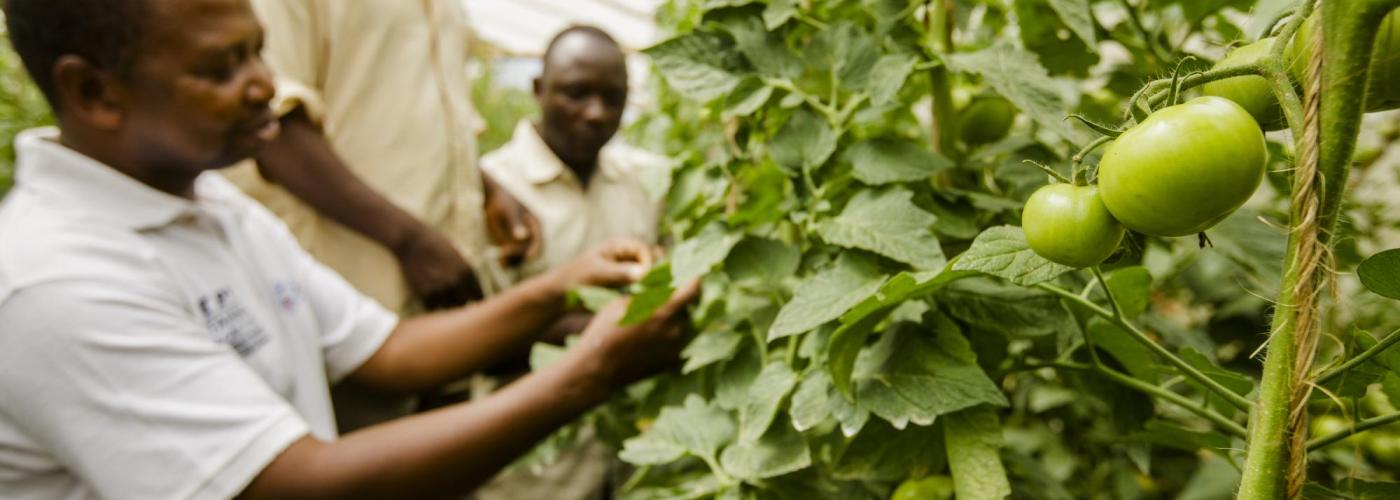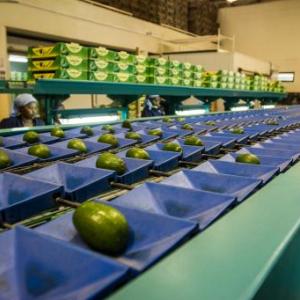EEFS’ Enabling Environment and Market Systems Series Roundup!
Image

In a five-part blog series, the Feed the Future Enabling Environment for Food Security (EEFS) project examines how the enabling environment shapes market systems outcomes. Each post spotlights a key area of the relationship and its relevance to informed program design and smart interventions, including:
- Why contracts matter for agricultural market systems
- How political economy analysis (PEA) can improve the enabling environment for agricultural market systems
- How projects can strengthen monitoring, evaluation, and learning (MEL) approaches to assessing change in market systems
- The role of the enabling environment in the transition from personal exchange to impersonal exchange as a crucial step in market transformation
This closeout post recaps key learning and highlights additional resources for practitioners to learn more about the enabling environment’s central role in shaping market systems.
The Enabling Environment and Market Systems Series — Learning Areas
The series kickoff post unpacks approaches to measuring enabling environment change in market systems development and looks at how USAID and other donors can use these approaches in market systems strengthening efforts. Drawing on EEFS’ Monitoring and Evaluation Within Market Systems Development summary report, the post familiarizes readers with key indicators and frameworks.
In the series’ second post, EEFS describes why contracts matter for agricultural market systems with reference to Mali’s grain trade. Building on recommendations from EEFS’ recent update to its 2012 Mali Value Chain Commercial, Legal, and Institutional Reform analysis, this piece traces how, with increased sophistication in business operations, demand for formal grain trading contracts has begun to take hold in Mali among both farmer and trader groups. This example acquaints readers with a classic enabling environment case: changing norms by strengthening trust in formal institutions.
In the third post, EEFS outlines how thinking and working politically (TWP) through PEA can uncover important context-specific dynamics and identify the explicit players in a political system with which to engage in order to align incentives and achieve reforms. For more on the TWP mindset and PEA framework, EEFS’ recent technical note provides a closer look at their utility to inclusive market systems activities.
In the series’ fourth installment, EEFS highlights the MEL approaches of two Feed the Future projects using a market systems approach in the agriculture sector. Through these examples from Cambodia and Mozambique, EEFS illustrates how understanding systemic change in a target market requires projects to take an approach which adequately captures the complex dynamics within market systems. Through adopting an innovative, evolving market systems MEL approach, USAID programming stands to expand its knowledge base and strengthen project learning.
The series’ fifth and final post examines how the enabling environment — particularly the political economy — is a central factor in transforming market systems. The post examines the importance for market systems to shift from relationship-based networks to impersonal exchange for inclusive economic growth. While a robust legal, regulatory, and institutional framework is necessary to facilitate impersonal exchange, it is insufficient. Informal norms in a society dictate which formal rules will be accepted and enforced, and therefore a deeper analysis of the interaction of norms and rules is necessary. PEA is identified as an important tool to identify how informal norms influence formal rules, the incentives for institutions to change, and the change agents to begin shifting norms.
More Resources
For more from EEFS on improving the enabling environment for market systems, resources from Marketlinks’ recent webinar, Embedding Everyday PEA in Market Systems Practice include EEFS’ presentation on how projects can incorporate TWP through applied PEA into program design.
Readers may also access the EEFS-curated Enabling Environment for Agricultural Market Systems collection, which houses technical resources and commentary on enabling environment issues within the private sector, trade, standards, analytical tools, plant protection, finance, resilience, benchmarking and metrics, and more!


